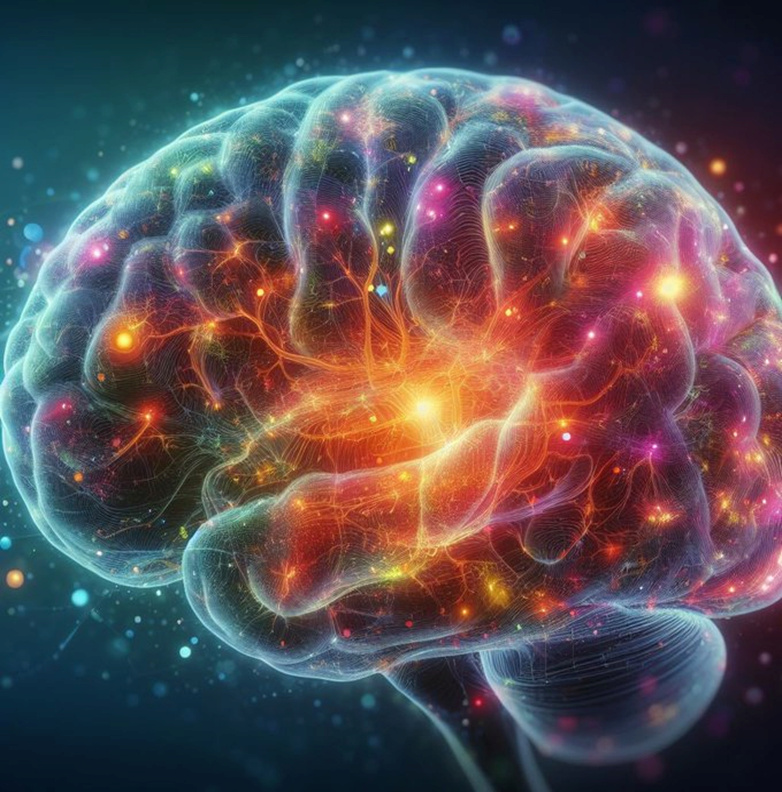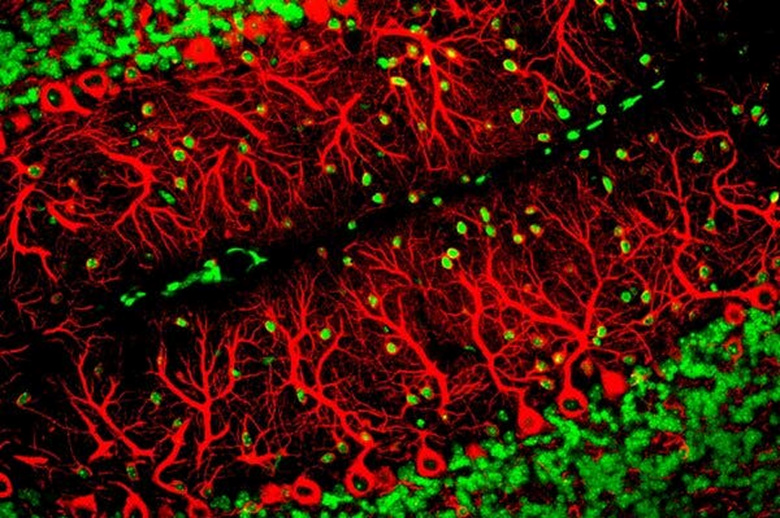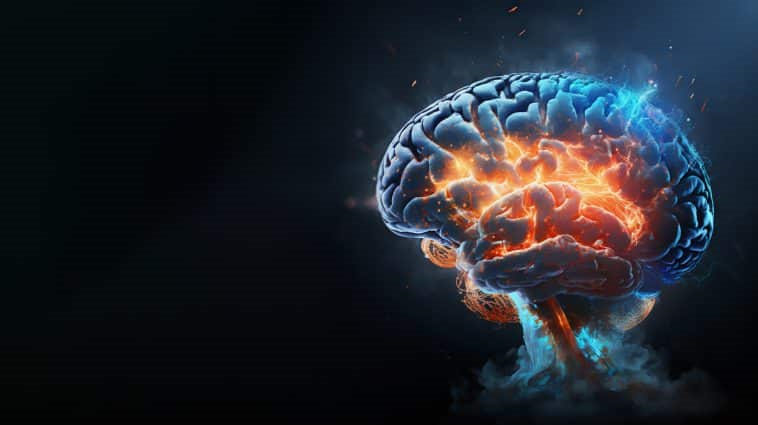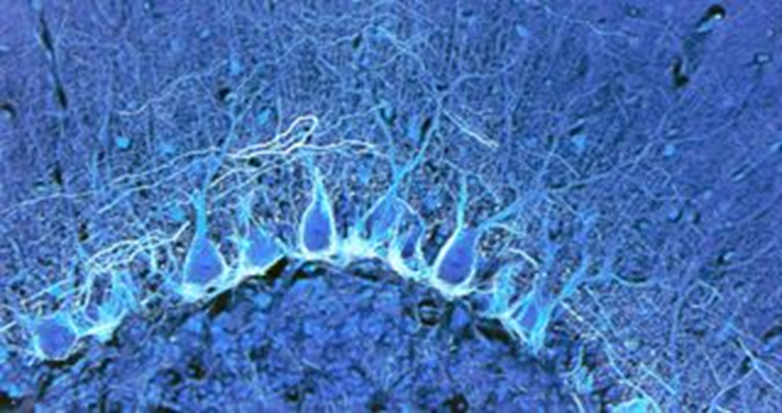Most detailed human brain map ever made contains 3,300 cell types

A team of researchers announces the creation of the largest and most precise “atlas” ever designed of the human brain. This remarkable work reveals in detail the arrangement and inner workings of as many as 3,300 types of brain cells, many of which previously remained elusive to science. This large-scale research has just given rise to 21 new articles, each shedding light on a unique facet of the human brain.
Understanding the human brain
These remarkable scientific advances were made as part of a major project led by the National Institutes of Health and known as the Brain Research through Advancing Innovative Neurotechnologies (BRAIN) Initiative Cell Census Network (BICCN for short).
Initiated in 2017, this massive project aims to catalog cells found in the brains of mice, humans and non-human primates like monkeys. It focuses on neurons, which are the basic units of the nervous system and which allow the transmission of information through chemical and electrical signals, but also on non-neuronal cells which play a crucial role in the regulation of cerebral environment.

Non-neuronal cells include glial cells, which perform several essential functions. These provide structural support by maintaining the stability of brain tissue, provide nutrients to neurons and ensure their protection. In addition, glial cells regulate the functioning of neurons, in particular by modulating the transmission of chemical signals.
As a reminder, the adult human brain contains approximately 86 billion neurons and approximately 84 billion non-neuronal cells.
A new window
For this new work, the researchers used two cutting-edge techniques mainly used in animal research to date: transcriptomics and epigenomics.

The first is to create a comprehensive inventory of the RNA of individual cells, as RNA is a genetic molecule that plays a central role in building proteins and carrying out various biological functions. Epigenomics has made it possible to analyze the chemical marks located above the DNA which modulate the way in which genes are activated or deactivated.
The project included data from hundreds of thousands, if not millions, of brain cells, spanning different phases of development from childhood to adulthood. The brains of non-human primates, such as marmosets, macaques, chimpanzees and gorillas, have also been studied. This approach has facilitated direct comparison between human and non-human primate brains, revealing that although many cell types are shared between species, patterns of genetic activity vary considerably.
In other words, the way these cells interact and work together is notably different in humans compared to monkeys, despite some basic cellular similarities.

“It’s not just an atlas,” said Ed Lein, a neuroscientist at the Allen Institute for Brain Science. “This really opens up a whole new area where you can now look at extremely high cellular resolution in the brains of species, which was not typically possible before. This is just the beginning.
This innovative research contributes to a better understanding of the complexity of the human brain, its development, its similarities and differences with that of other primates, while providing valuable insight into how it functions and evolves.
However, while the atlas of the human brain established by this project is an unprecedented advance, it is only in its early stages. The researchers plan to continue their work by looking at the function of the newly discovered brain cells, many of which are found deep in the brain, particularly in regions such as the brainstem.

A key goal in the future will be to understand how the genetic activity of these different cells may contribute to the development of neurological diseases. This research could help illuminate the mechanisms underlying brain disorders such as Alzheimer's disease, Parkinson's disease and other conditions, paving the way for new treatment and prevention strategies.
Details of this work have been published in the journals Science, Science Advances and Science Translational Medicine in the past. »
Source: websites

